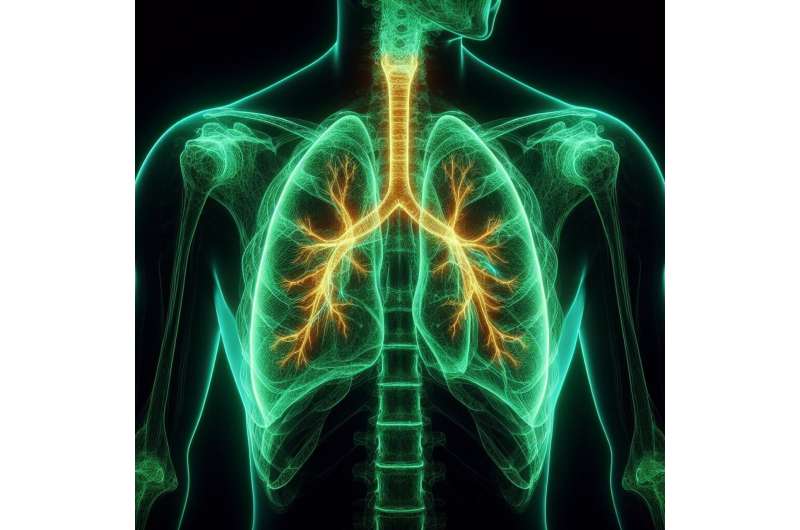Lower Air Pollution Levels Linked to Better Vision Development in Children

Lower levels of air pollution are associated with improved vision in children. Reducing exposure to pollutants like NO₂ and PM₂.₅ can help prevent or slow myopia progression, highlighting the importance of clean air for ocular development.
Recent research indicates that exposure to even low levels of air pollutants may negatively impact children's eyesight, with cleaner air potentially helping to safeguard and enhance their vision. The study highlights the importance of air quality, especially for younger children, in preventing or slowing the progression of myopia, commonly known as nearsightedness, which is increasing notably in East Asian populations.
Scientists have found that reduced exposure to key air pollutants, such as nitrogen dioxide (NO₂) and fine particulate matter (PM₂.₅), correlates with improved uncorrected visual acuity in children. These environmental factors are now recognized as significant contributors alongside genetics and lifestyle habits—like screen time—in influencing eyesight development.
Applying advanced machine learning techniques, researchers explored how various interactions between genetic, environmental, and lifestyle factors affect vision in children. The findings show that children living in areas with cleaner air demonstrated better vision, particularly among primary school-aged children who showed the most significant improvements when exposed to less pollution.
Interestingly, the influence of air quality on vision appears less pronounced in older children and those with severe myopia, suggesting that early intervention is critical. Professor Zongbo Shi from the University of Birmingham emphasized that, beyond respiratory health, clean air is vital for ocular health. Improving air quality could thus serve as a strategic approach to protect children from developing vision problems.
Polluted air can cause inflammation and oxidative stress in the eyes, impair sunlight exposure essential for eye development, and induce chemical changes in ocular tissues that promote myopia. Practical measures such as installing air purifiers in classrooms, establishing 'clean-air zones' around schools, and limiting traffic during school hours could make a meaningful difference.
Yuqing Dai, also from the University of Birmingham, stressed the importance of early environmental intervention, noting that while genetic factors are unchangeable, environmental improvements can significantly influence childhood eye health. Addressing air pollution early on offers a promising strategy to reduce the risk of serious eye conditions later in life.
These findings underscore the need for policies aimed at reducing air pollution to promote better visual health in children, especially during their critical developmental years.
Source: https://medicalxpress.com/news/2025-09-exposure-air-pollutants-linked-children.html
Stay Updated with Mia's Feed
Get the latest health & wellness insights delivered straight to your inbox.
Related Articles
Inconsistent Outcomes of Oxytocin Therapy for Social Behaviors: Insights from Neuroscience Research
Research reveals that oxytocin's effectiveness in improving social behaviors varies depending on brain activity and individual motivation, emphasizing the need for personalized treatment approaches.
Research Reveals Lung Capacity Declines Starting Between Ages 20 and 25
New research shows that lung capacity begins to decline between ages 20 and 25, emphasizing the importance of early respiratory health monitoring and interventions.
Adolescent Sleep Patterns as Predictors of Future Heart Health
Early and consistent sleep patterns during adolescence are linked to better cardiovascular health in young adulthood, highlighting the importance of sleep quality and timing for lifelong heart health.



